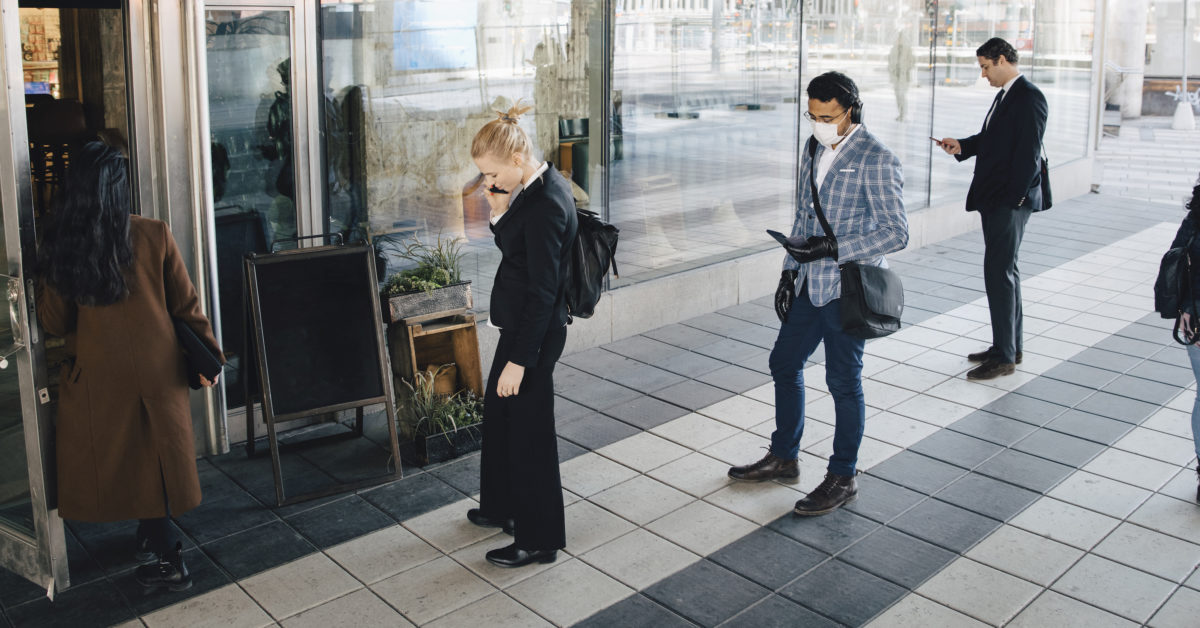After months of imposing strict restrictions or lockdown rules, many countries across the world have started easing these control measures. What has this meant at a global level?

Over the past couple of months or so, at different paces, states in the United States and countries across Europe and Asia have been gradually easing lockdown measures.
But some regions are facing rising cases of COVID-19, which has made segments of the public and some officials question the wisdom of relaxing restrictions.
At the same time, parts of Australia and many South American countries have had to enforce stricter rules again after a steep rise in coronavirus infections following an initial relaxation of lockdown measures.
Stay informed with live updates on the current COVID-19 outbreak and visit our coronavirus hub for more advice on prevention and treatment.
All over the world, there are heated debates around the legitimacy of loosening or maintaining restrictive rules.
Even the Director-General of the World Health Organization (WHO), Dr. Tedros Adhanom Ghebreyesus, has recently expressed concern about the actions that some countries have taken in easing restrictions.
In a press briefing on July 13, he warned that some countries might be giving up on lockdown too soon.
“Let me [be] blunt,” he said in the briefing. “Too many countries are headed in the wrong direction. The virus remains public enemy number one, but the actions of many governments and people do not reflect this.”
“Mixed messages from leaders are undermining the most critical ingredient of any response: trust,” he went on to warn.
So what is the situation like around the world? In this Special Feature, we offer an overview of how — and whether — lockdown measures are easing around the world.
We have also asked readers and contributors to weigh in and say how they feel about life after lockdown.
It was a little over 4 months ago that the WHO declared the new coronavirus outbreak a pandemic. So how is the world faring now?
In the U.S., some states started easing restrictive measures back in April. But while some regions are witnessing a steady improvement in coronavirus case rates, others face an increase in numbers that may lead to the implementation of stricter regulations once again.
States such as Connecticut, New York, Massachusetts, New Jersey, and Vermont are doing better, possibly thanks to the fact that they have stuck to strategies such as asking residents to wear face coverings in public, encouraging continued work-from-home policies, or having strict quarantine or self-isolation rules for those traveling in and out of the state.
In New York City, Mayor Bill de Blasio reported on July 13 that the city — which the coronavirus hit hard — had had its first 24-hour period with no coronavirus deaths.
Yet July 16 proved to be a record day for the U.S., and not in a good way. Some data suggested that the country had more than 77,000 new cases of COVID-19, the highest number of cases that it has witnessed to date.
Thus, while most states had made plans to reopen businesses, and the Department of Defense had started approving some travel between states, and even internationally, tensions are now on the rise again.
State governors and mayors are often at odds when it comes to imposing or maintaining the rules on face coverings, with some cases even reaching the courts of law. Recently, Georgia governor Brian Kemp sued the mayor of Atlanta, Keisha Lance Bottoms, for insisting on enforcing face coverings even as the governor sought to make these optional for the public.
In Latin America, many countries are battling a rising number of coronavirus cases and have started reinforcing stricter lockdown measures.
For example, the president of Argentina, Alberto Fernández, extended and tightened nationwide quarantine rules until July 17, after a surge in COVID-19 cases.
And in Brazil, the Latin American country worst hit by the coronavirus, the government has allowed businesses to reopen gradually, despite the still-growing number of cases. Even the president recently tested positive for COVID-19.
European countries are steadily opening up businesses and lifting travel restrictions, though spikes in COVID-19 cases continue to occur at the local level.
Italy had already started opening businesses in May and continues to relax restrictions, while Spain is gradually easing lockdown at a national level, though some regional restrictions persist.
In the United Kingdom, Prime Minister Boris Johnson has been announcing a gradual relaxation of restrictions throughout July, with businesses opening in phases and the removal of self-isolation requirements for those traveling to the U.K. from several European countries.
Asian countries have also gradually been easing restrictions since June. However, China has placed some neighborhoods in Beijing into lockdown once again, after the authorities reported some spikes in COVID-19 cases in parts of the capital.
South Korea has removed some restrictions, though citizens are still required to maintain physical distancing practices, and Japan, which did not have a full lockdown phase, has only asked a few businesses to remain closed, although there have been reports of spikes in COVID-19 cases in the capital.
India had been relaxing lockdown measures since June, but recently, the number of COVID-19 cases in the country has skyrocketed, leading to the reinstatement of restrictions on a regional basis.
Australia faces a similar situation. While the country had been gradually relaxing restrictions since May, a recent spike in COVID-19 cases has meant

